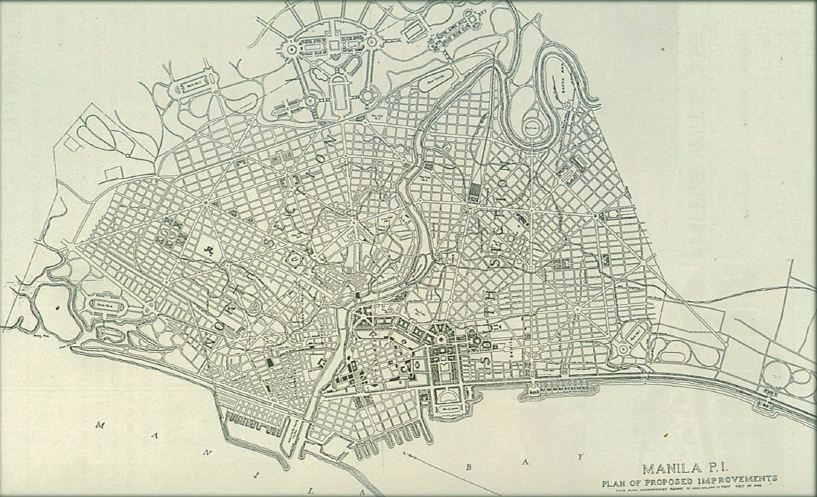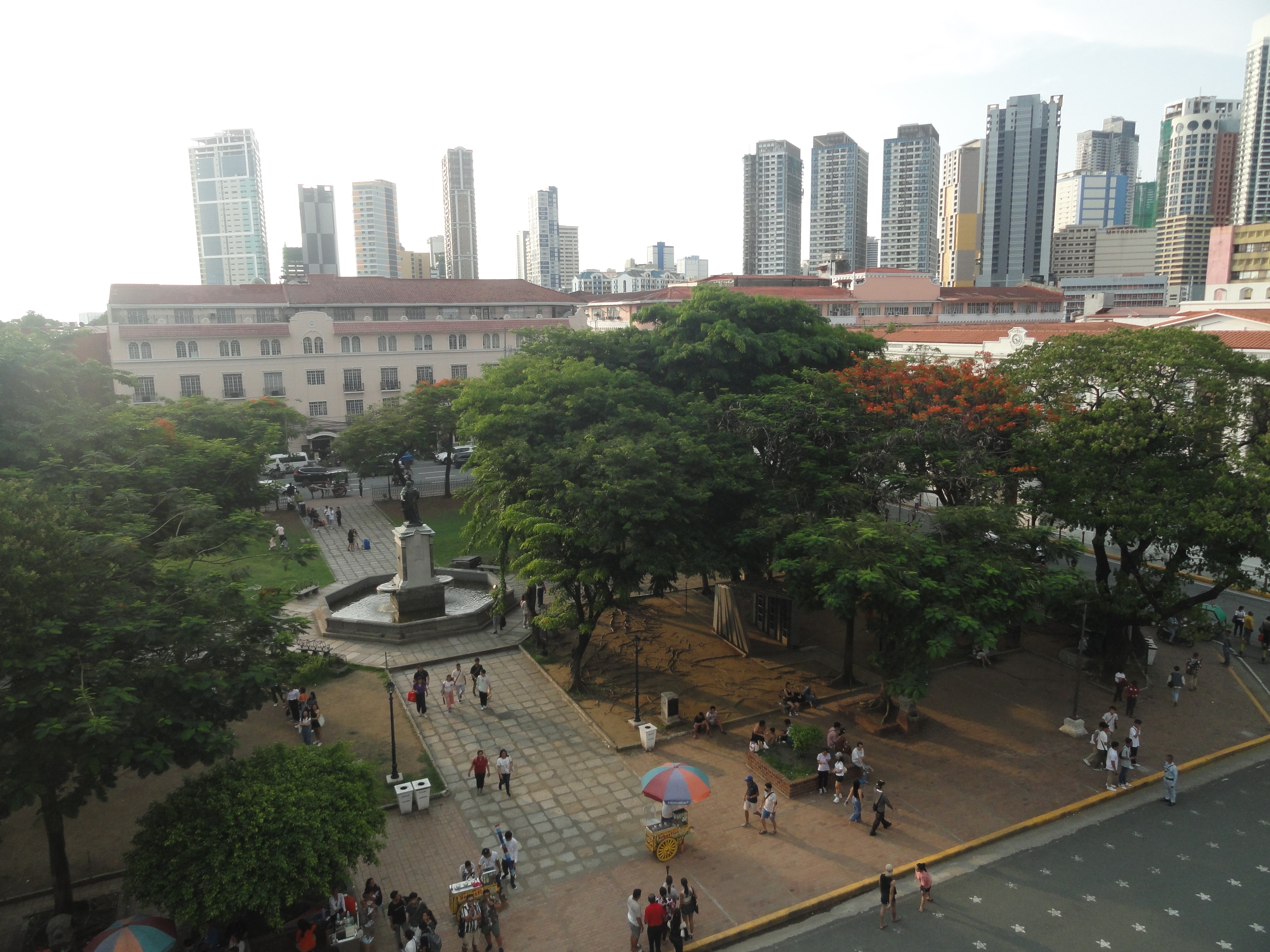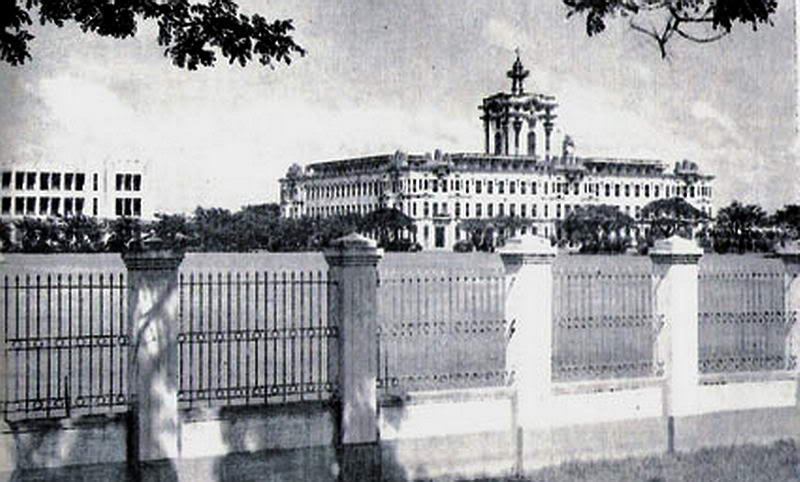|
National Historical Institute (Philippines)
The National Historical Commission of the Philippines (NHCP; ) is a government agency of the Philippines. Its mission is "the promotion of history of the Philippines, Philippine history and culture of the Philippines, cultural heritage through research, dissemination, conservation, sites management and heraldry works." As such, it "aims to inculcate awareness and appreciation of the noble deeds and ideals of our heroes and other illustrious Filipinos, to instill pride in the Filipino people and to rekindle the Filipino spirit through the lessons of history." History While the current form of the NHCP was established in 1972 as part of the reorganization of government after President Ferdinand Marcos' Proclamation No. 1081, declaration of martial law, its roots can be traced back to 1933 when the American colonial Insular Government first established the Philippine Historical Research and Markers Committee (PHRMC). Philippine Historical Research and Markers Committee (1933) Th ... [...More Info...] [...Related Items...] OR: [Wikipedia] [Google] [Baidu] |
Ermita
Ermita is a district in central Manila, Philippines. It is a significant center of finance, education, culture, and commerce. Ermita serves as the civic center of Manila, bearing the seat of city government and a large portion of the area's employment, business, and entertainment activities. Private and government offices, museums, and universities thrive in Ermita. It is also home to several tourist attractions and landmarks, including Rizal Park. Ermita and its neighboring district Malate, Manila, Malate were originally posh neighborhoods for Manila's High society (social class), high society during the early 20th century, where large, grandiose mansions once stood. Ermita and its surroundings were heavily bombed and flattened during the Second World War after it became a battleground during the Manila massacre. After the war, Ermita and its twin district, Malate, had undergone commercialization, shifting from a sprawling upscale suburb to a commercial district. History ... [...More Info...] [...Related Items...] OR: [Wikipedia] [Google] [Baidu] |
Plaza De Roma
Plaza de Roma, also known as Plaza Roma, is one of three major public squares in Intramuros, Manila. It is bounded by Andres Soriano Avenue (formerly Calle Aduana) to the north, Cabildo Street to the east, Santo Tomas Street to the south, and General Antonio Luna Street (formerly Calle Real del Palacio) to the west. The plaza is considered to be the center of Intramuros. Plaza de Roma is also the location of the Book Stop Intramuros, a local unit of The Book Stop Project.Intramuros Administration website ''Award-Winning Book Stop Returns to Intramuros'' June 19, 2017. History [...More Info...] [...Related Items...] OR: [Wikipedia] [Google] [Baidu] |
Manuel L
Manuel may refer to: People * Manuel (name), a given name and surname * Manuel (''Fawlty Towers''), a fictional character from the sitcom ''Fawlty Towers'' * Manuel I Komnenos, emperor of the Byzantine Empire * Manuel I of Portugal, king of Portugal * Manuel I of Trebizond, Emperor of Trebizond Places * Manuel, Valencia, a municipality in the province of Valencia, Spain *Manuel Junction, railway station near Falkirk, Scotland Other * Manuel (American horse), a thoroughbred racehorse * Manuel (Australian horse), a thoroughbred racehorse * Manuel and The Music of The Mountains, a musical ensemble * ''Manuel'' (album), music album by Dalida, 1974 See also *Manny (other), a common nickname for those named Manuel *Manoel (other) *Immanuel (other) *Emmanuel (other) *Emanuel (other) Emanuel may refer to: * Emanuel (name), a given name and surname (see there for a list of people with this name) * Emanuel School, Australia, Sy ... [...More Info...] [...Related Items...] OR: [Wikipedia] [Google] [Baidu] |
Philippine Commonwealth
The Commonwealth of the Philippines (; ) was an unincorporated territory and commonwealth of the United States that existed from 1935 to 1946. It was established following the Tydings–McDuffie Act to replace the Insular Government of the Philippine Islands. and was designed as a transitional administration in preparation for full Philippine independence. Its foreign affairs remained managed by the United States. During its more than a decade of existence, the Commonwealth had a strong executive and a supreme court. Its legislature, dominated by the Nacionalista Party, was at first unicameral but later bicameral. In 1937, the government selected Tagalogthe language of Manila and its surrounding provincesas the basis of the national language, although it would be many years before its usage became general. Women's suffrage was adopted, and the economy recovered to its pre- Depression level before the Japanese occupation in 1942. A period of exile took place during World War I ... [...More Info...] [...Related Items...] OR: [Wikipedia] [Google] [Baidu] |
Eulogio Rodriguez
Eulogio "Amang" Adona Rodriguez Sr. (born Eulogio Rodríguez y Adona; January 21, 1883 – December 9, 1964) was a Filipino politician who twice served as President of the Senate of the Philippines. He was known for vehemently confronting corruption during the administration of Carlos P. Garcia, alleging he held a list of corrupt officials close to the president which the media dubbed the "White Paper". Early life and education Rodriguez was born on January 21, 1883, in Montalban (now ''Rodriguez''), Rizal Province, to Petronilo Rodriguez and Monica Adona. At the time of his birth, Montalban was part of Manila Province but it was later renamed Rodriguez in his honor. His younger brother, Julian, would become a last appointed mayor of Davao City from 1954 to 1955, where he become a successful landowner after moving there. He first studied at the Spanish-run public school in Montalban, then took his secondary course at the Colegio de San Juan de Letran in Manila, where he later ... [...More Info...] [...Related Items...] OR: [Wikipedia] [Google] [Baidu] |
Conrado Benitez
Conrado Francia Benitez (November 26, 1889 – January 4, 1971) was a Filipino statesman, writer, and educator. He founded the Philippine Rural Reconstruction Movement and was one of the drafters of the 1935 Constitution of the Philippines.Flavier, Juan M., ''Doctor to the Barrios'', page 6. Early life and education Benitez was born on November 26, 1889, in Pagsanjan, Laguna. He studied at the Philippine Normal University, Philippine Normal School and graduated valedictorian. In 1911, he was sent to the United States as a government ''pensionado'' and enrolled at the University of Chicago where he acquired his M.A, and his Ph.D. Back in the Philippines, he studied law at the University of the Philippines. He was a member of the Upsilon Sigma Phi fraternity. Career He taught history and economics at the Philippine Normal College. Later, he founded the College of Business Administration of the University of the Philippines, and became its first dean. He was also one of the fou ... [...More Info...] [...Related Items...] OR: [Wikipedia] [Google] [Baidu] |
Jaime C
Jaime is a common Spanish and Portuguese male given name for Jacob (name), James (name), Jamie, or Jacques. In Occitania Jacobus became ''Jacome'' and later ''Jacme''. In east Spain, ''Jacme'' became ''Jaime'', in Aragon it became ''Chaime'', and in Catalonia it became ''Jaume''. In western Spain Jacobus became ''Iago''; in Portugal it became ''Tiago''. The name '' Saint James'' developed in Spanish to ''Santiago'', in Portuguese to ''São Tiago''. The names '' Diego'' (Spanish) and '' Diogo'' (Portuguese) are also Iberian versions of ''Jaime''. In the United States, Jaime is used as an independent masculine given name, along with given name James. For females, it remains less popular, not appearing on the top 1,000 U.S. female names for the past 5 years. People * Jaime, Duke of Braganza, Portuguese nobleman of the 15th/16th centuries, the 4th Duke of Braganza * Infante Jaime, Duke of Segovia (1908–1975), Spanish prince, the second son of Alfonso XIII of Spain and his wif ... [...More Info...] [...Related Items...] OR: [Wikipedia] [Google] [Baidu] |
University Of The Philippines College Of Engineering
The University of the Philippines Diliman College of Engineering is a degree-granting unit of the University of the Philippines Diliman specializing in chemical, civil, computer, electrical, electronic, geodetic, industrial, materials, mechanical, metallurgical, and mining engineering. It is the largest degree-granting unit in the UP System in terms of student population and is also known formally as ''UP COE'', ''COE'', and informally as ''Engg'' (pronounced ''"eng"''). The college of Engineering is composed of eight departments, three of which are housed in the historic Melchor Hall along Osmeña Avenue in the U.P. Diliman campus. These are the Department of Mechanical Engineering (DME), the Department of Geodetic Engineering (DGE), and the Department of Industrial Engineering and Operations Research (DIE/OR). The Electrical and Electronics Engineering Institute (EEEI) has its own pair of buildings along Velázquez Street facing the entrance to the National Science Co ... [...More Info...] [...Related Items...] OR: [Wikipedia] [Google] [Baidu] |
World War II
World War II or the Second World War (1 September 1939 – 2 September 1945) was a World war, global conflict between two coalitions: the Allies of World War II, Allies and the Axis powers. World War II by country, Nearly all of the world's countries participated, with many nations mobilising all resources in pursuit of total war. Tanks in World War II, Tanks and Air warfare of World War II, aircraft played major roles, enabling the strategic bombing of cities and delivery of the Atomic bombings of Hiroshima and Nagasaki, first and only nuclear weapons ever used in war. World War II is the List of wars by death toll, deadliest conflict in history, causing World War II casualties, the death of 70 to 85 million people, more than half of whom were civilians. Millions died in genocides, including the Holocaust, and by massacres, starvation, and disease. After the Allied victory, Allied-occupied Germany, Germany, Allied-occupied Austria, Austria, Occupation of Japan, Japan, a ... [...More Info...] [...Related Items...] OR: [Wikipedia] [Google] [Baidu] |
Historical Markers Of The Philippines
The National Historical Commission of the Philippines (NHCP) and its predecessor agencies install historical markers (; or ) in the Philippines and overseas to signify important and historic events, persons, sites, structures, and institutions. The commemorative plaques are permanent signs installed by the NHCP in publicly visible locations on buildings, monuments, or in special locations. The NHCP also allows local municipalities and cities to install markers of figures and events of local significance, although these markers are barred from using the Coat of arms of the Philippines, seal of the Republic of the Philippines. As of December 2023, the total number of historical markers (designated as Level II) included in the NHCP's registry is 1,381; however, the number of markers from all these lists is more than 1,760 including those unlisted, decommissioned, lost, and of unknown location. History Monuments and plaques have been placed under the Spanish colonial go ... [...More Info...] [...Related Items...] OR: [Wikipedia] [Google] [Baidu] |
University Of Santo Tomas
The University of Santo Tomas (UST; ), officially the Pontifical and Royal University of Santo Tomas, The Catholic University of the Philippines or colloquially as ''Ustê'' (), is a Private university, private Catholic school, Catholic research university in Manila, Philippines. Founded on April 28, 1611, by Spaniards, Spanish friar Miguel de Benavides, third Roman Catholic Archdiocese of Manila, Archbishop of Manila, it has the List of the oldest schools in the Philippines, oldest Extant literature, extant university charter in Asia and is one of the world's largest Catholic universities in terms of enrollment found on one campus. It is the main campus of the University of Santo Tomas System that is run by the Dominican Order, Order of Preachers. UST was granted the title ''Royal'' by Charles III of Spain, King Charles III of Spain in 1785. Pope Leo XIII made UST a pontifical university in 1902. Pope Pius XII bestowed the title of ''The Catholic University of the Philippines'' ... [...More Info...] [...Related Items...] OR: [Wikipedia] [Google] [Baidu] |
Manila Railroad Company
The Manila Railroad Company (MRR) was a Filipino state-owned enterprise responsible for the management and operation of rail transport in the island of Luzon. It was originally established by an English people, Englishman named Edmund Sykes as the private Manila Railway Limited company, Co., Ltd. on June 1, 1887. British engineer Horace L. Higgins was then assigned as its first general manager in Manila. On July 7, 1906, a separate private entity named the Manila Railroad Company of New Jersey was established. The two companies continued to own the Luzon railroad network until February 4, 1916 when the Insular Government of the Philippine Islands, Insular Government acquired both companies and absorbed them into the new Manila Railroad. The MRR was the largest single railroad operator in the Philippines of its time. It owned of track at its peak in the late 1930s, approximately one-fifth of all the rail network in the country by 1939. It also had various types of rolling stock ... [...More Info...] [...Related Items...] OR: [Wikipedia] [Google] [Baidu] |








